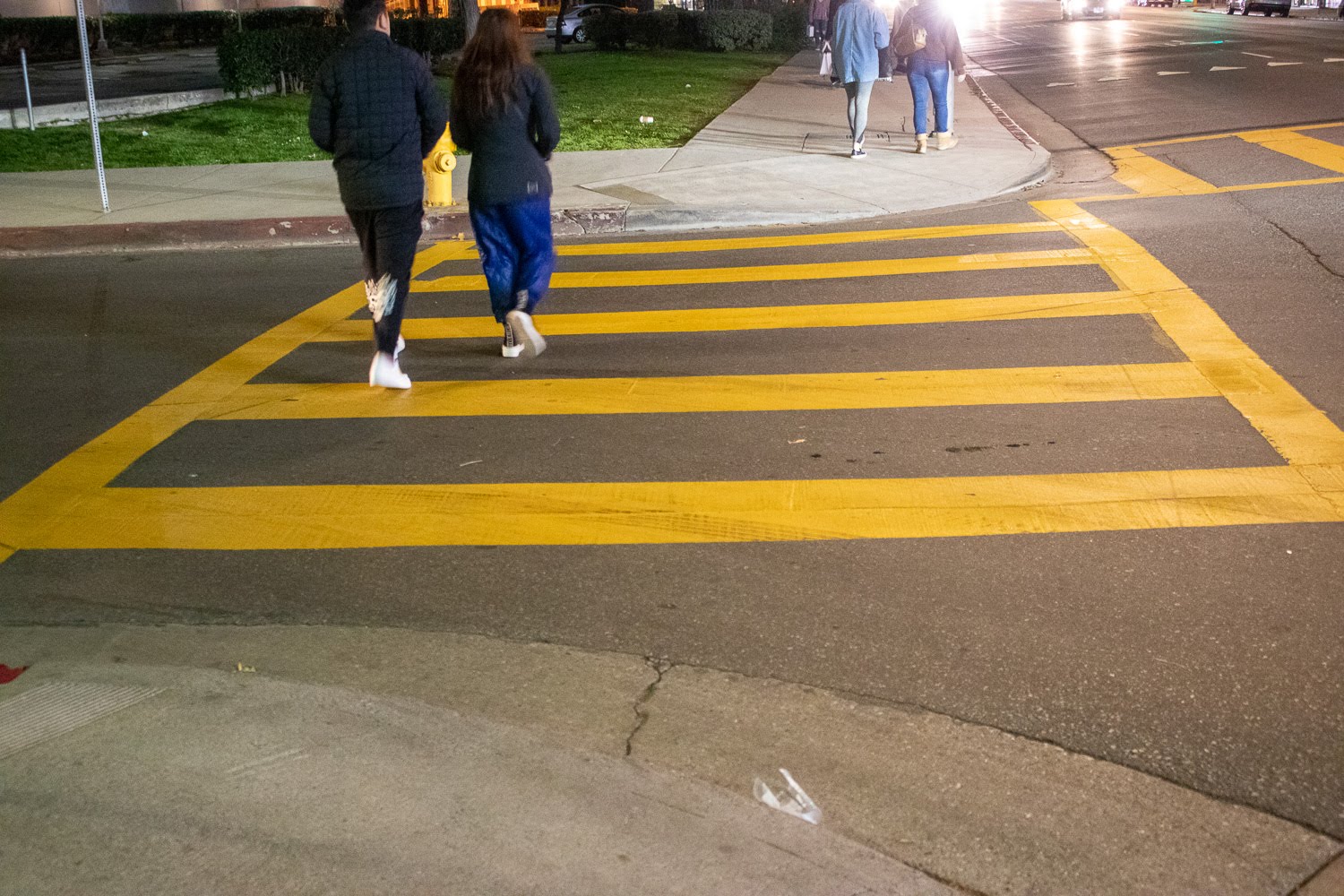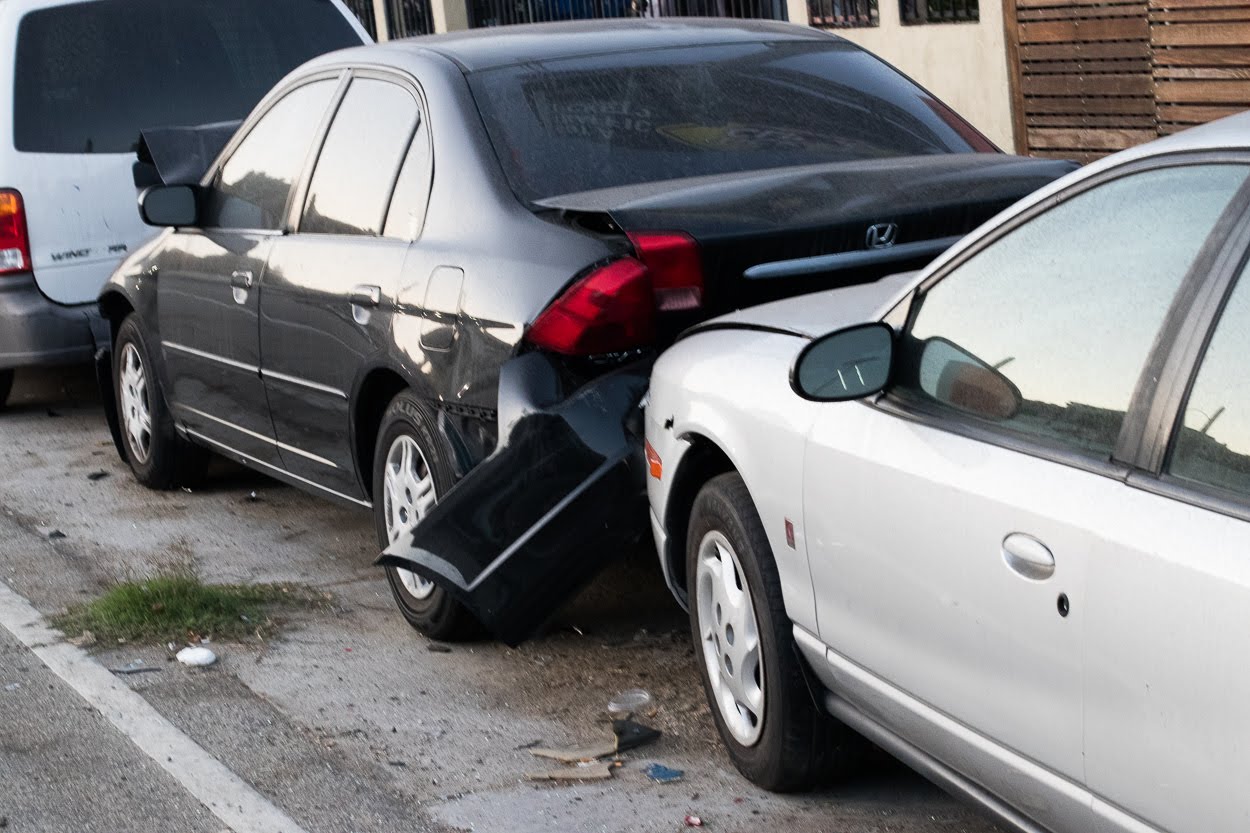In a city like New York, walking along the sidewalks can sometimes feel like an extreme sport. Uneven pavement, cellar doors, icy patches (during the wintry season), and cracked concrete can turn an ordinary walk into a painful accident. The good news is that, if you trip and fall on a sidewalk in New York, someone may be liable and you may be entitled to compensation for your injuries.
But who exactly is responsible in such cases? To answer that, let’s take a look at how sidewalk liability works in New York City.
Understanding Sidewalk Laws in New York City
New York’s sidewalks aren’t just the City’s sole responsibility; in many cases, the responsibility falls on the property owners adjacent to them. Since 2003, NYC Administrative Code 7-210 has made property owners, not the City, responsible for maintaining the sidewalks that border their premises. This includes keeping the sidewalk in a “reasonably safe condition,” repairing cracks and holes, and clearing snow and ice.
There are exceptions, though. For owner-occupied properties used solely as one-, two-, or three-family residences, the City is typically responsible for sidewalk maintenance. However, for commercial buildings, apartment complexes, and mixed-use spaces, the adjacent owner is typically the liable party.
Another important regulation is 19-152, which gives the NYC Department of Transportation (DOT) the authority to inspect sidewalks, order repairs, and enforce compliance. Property owners who ignore repair notices or fail to maintain their sidewalks can face violations, and more importantly, they open themselves up to legal liability if someone gets injured.
Who’s Liable for a Trip-and-Fall Accident?
If you’re injured after tripping on a New York City sidewalk, liability depends on several factors. The key question is: Did someone neglect their duty to maintain a safe walkway?
To establish fault, you generally need to prove that:
- The sidewalk defect was dangerous (e.g., a raised slab, deep crack, or debris).
- The condition caused your injury.
- The responsible party knew or should have known about the defect (known as “actual” or “constructive” notice).
- They failed to take timely action to correct it or warn the public.
Keep in mind that New York follows a comparative negligence rule. This means even if you were partially at fault — for example, if you were distracted by your phone when you tripped — you may still recover compensation, though your award could be reduced by your percentage of fault.
To illustrate, if a jury finds your total damages from a fall are $100,000 but also finds you were 25% at fault because you were looking at your phone, your final award would be reduced by 25%, resulting in a recovery of $75,000.
Common defenses in these cases include:
- The owner had no notice of the hazard.
- The defect was too minor to be legally actionable (“trivial defect” doctrine).
- The hazard was clear and apparent, and any reasonable person would have avoided it.
It’s also important to note that if your accident occurred in front of a municipal property, such as a public school or park, or involved a sidewalk defect caused by a City tree, the City of New York may be the liable party. In those cases, the timeline to file a claim is much shorter and subject to strict procedural requirements.
This is why speaking with a knowledgeable sidewalk injury attorney in NYC is essential. They can evaluate the facts of your case and help determine who should be held accountable.
Why Legal Representation Matters
Trip-and-fall cases may seem straightforward, but proving liability under New York’s sidewalk laws can be a head-scratcher. Property owners and insurance companies often clash over claims, and figuring out who to take legal action against isn’t always straightforward.
An experienced New York premises liability lawyer can be invaluable here, as they do the following:
- Investigate the scene promptly, preserving critical evidence such as photos and surveillance footage.
- Research sidewalk inspection and repair records from the DOT.
- Determine whether the property qualifies for owner vs. City liability.
- Handle communications with insurance carriers.
- File the appropriate legal notices and lawsuits on time.
Without proper representation, many injured individuals find themselves overwhelmed — or worse, dismissed — because of a missed deadline or a weak evidentiary record.
Don’t Walk It Off — Talk to a Lawyer
Sidewalk falls in New York aren’t just bad luck; they’re often the result of negligence. If you’ve been hurt because a property owner failed to keep their sidewalk safe, you don’t have to face the legal process alone.
At Keith D. Silverstein & Associates, we’ve handled countless premises liability claims across New York City. We understand how to navigate the nuances of sidewalk laws, hold negligent parties accountable, and pursue the compensation you deserve for medical bills, lost wages, and pain and suffering.
Contact us today to schedule a free consultation and find out how we can help you get back on your feet — both literally and legally.




